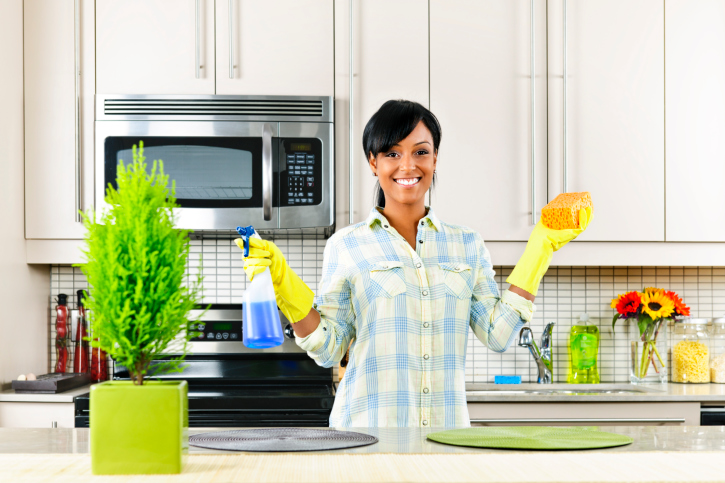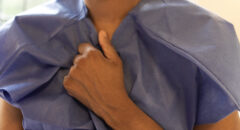
Research has shown that the quality of indoor air can be worse than that of outdoor air. Many homes are built or remodeled more tightly, without regard to the factors that assure fresh and healthy indoor air. Our homes today contain many furnishings, appliances and products that can affect indoor air quality.
READ: 5 Ways To Live An Eco-Chic Lifestyle
Signs of indoor air quality problems include:
- Unusual and noticeable odors.
- Stale or stuffy air.
- Noticeable lack of air movement.
- Dirty or faulty central heating or air conditioning equipment.
- Damaged flue pipes or chimneys.
- Unvented combustion air sources for fossil fuel appliances.
- Excessive humidity.
- Presence of molds and mildew.
- Health reaction after remodeling, weatherizing, using new furniture, using household and hobby products, or moving into a new home.
- Feeling noticeably healthier outside.
READ: 10 Things To Spend Your Money On This Holiday
Surprising Sources Of Indoor Air Pollution
Air Fresheners
Air fresheners may cause breathing difficulties and headaches for some people. In a study, nearly one-third of people with asthma said they had breathing problems when exposed to air fresheners. Tests by the Natural Resources Defense Council found that some air fresheners contain phthalates, a chemical linked to child developmental and hormonal issues. Instead, use natural herbs like rosemary, basil, or mint and good ventilation to freshen air.
Stove Problems
Improperly installed or vented gas stoves can release harmful gases into your home. At low levels, carbon monoxide can cause fatigue. Higher concentrations can cause nausea, headaches, confusion, and even death. Nitrogen dioxide can cause respiratory problems — especially in children. Make sure burners are adjusted correctly so that flame tips are always blue. Vent the stove with a fan that blows outside.
Dry-Cleaned Clothes
The next time you pick up your clothes from the cleaners, take a whiff. Dry cleaning most often uses perchloroethylene, a chemical that has been found to cause cancer in animals. When you bring freshly dry-cleaned clothes into your home, your family may be inhaling this potentially harmful chemical. Air dry-cleaned clothes in the garage for several days before wearing them or wash clothes the traditional way.
READ: Share Your Thoughts & Knowledge
Cleaning Products
The chemicals found in some household cleaners can be toxic if inhaled or touched, causing rashes and irritating the respiratory tract. This is particularly true for people prone to skin or breathing problems. Some products may aggravate allergies. Those that contain ammonia and chlorine may be especially irritating to children with asthma. Try cleaning with hot water, baking soda, microfiber cloths, and less-toxic cleaning products.
Paint
Paints and paint strippers can emit harmful gases. To minimize health risks, choose low-VOC paint and keep the windows open while painting and for several days while paint dries. Try not to store paint cans because gases can leak, even from sealed containers. If you must store paint, keep it in a well-ventilated area, away from the main living areas of your home.
Carpet
Many people complain of headaches, rashes, and eye and throat irritation when carpet is installed. New carpeting, padding, and adhesive give off potentially harmful gases. Choose low-VOC carpet and ask that it be unrolled and aired out several days beforehand. Stay out of your house during installation and keep it well-ventilated for days afterward. For kids with allergies and asthma, consider other flooring options.
Teflon
Cooking with nonstick cookware may release toxic fumes at very high temperatures. Nonstick coatings like Teflon emit chemicals when heated above 500 degrees. Don’t use it in very hot ovens or preheat it on high on stovetops, and always use an exhaust fan. Instead, consider using cast iron or stainless steel pots and pans.








